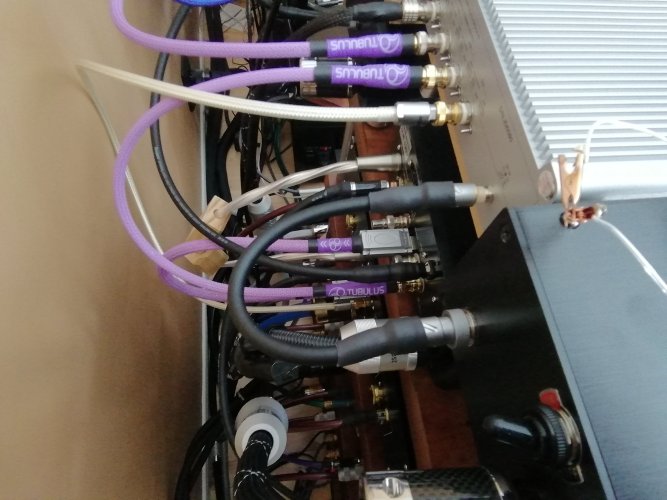borrego
1000+ Head-Fier
- Joined
- Jun 19, 2008
- Posts
- 1,250
- Likes
- 367
By the way, with a usb cable swap, I got rid of the playback issues with 188 and 192k files. I still have an issue with having to reboot my computer (usbridge running volumio) upon skipping once in a while. The playback will stop and not resume even if i skip.
Using the new tda asynch fw, things could get more stable as the world clock is no used.
I wholeheartedly suggest you getting the Icron Ranger. If you are still getting playback hiccups with your USB connection, the performance bottle neck is there and not the DDC/XO/firmware. Your U16 still uses USB connection after all.
With the Icron Ranger + LPS, I am just using cheapo Belden Gold and DIY 20cm USB cables, playing 352kHz music files from my 7 years old Windows 10 notebook (with multiple BT download threads running in the background, 5 to 6 Firefox browser tabs opened, some playing flash or html5 video) using J.River Media Player to my M7S with both USB sync and PLL disabled, and not a single hiccup will occur. The only situation I encounter playback hiccup is when the notebook hard drive is too busy and not quick enough reading music files.
When I first received my M7S, not knowing the Icron Ranger power was accidentally unplugged and had to use direct cable connection to the built-in Amanero input, I actually found the M7S much worse sounding than my old Reference 5.32 mod. The Icron Ranger is really that magical.






















